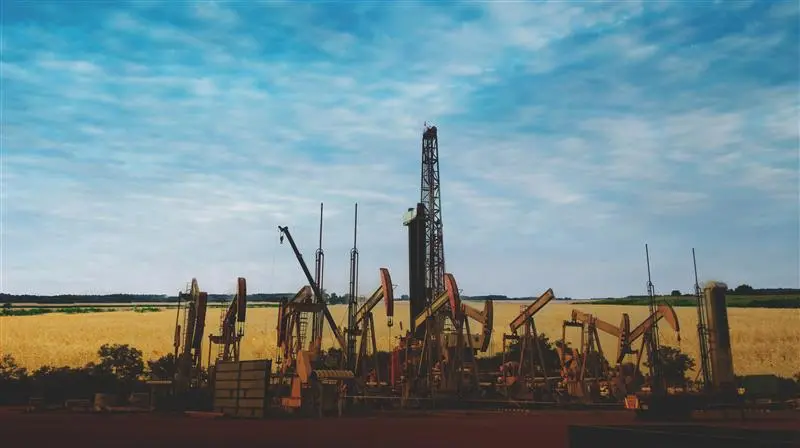The scientific community is exploring every avenue to expand and accelerate efforts around climate change. One area of research and investment is solar radiation modification (SRM), which reflects sunlight away from Earth’s atmosphere and into space.
Although much remains uncertain about SRM’s impacts — such as the effect of aerosols on clouds and climate — research in this area is expanding rapidly. Over the last few years, the US government has allocated more than $47 million to increase understanding of cloud aerosol effects and SRM.
Jefferies’ Sustainability and Transition Team hosted three experts to discuss the trajectory of solar radiation modification and its role in decarbonization.
What is Solar Radiation Modification?
Solar radiation modification (SRM), also known as solar geoengineering or solar radiation management, refers to large-scale methods to increase the amount of sunlight reflected into space, thereby reducing global mean temperatures. The goal is to reduce Earth’s absorption of solar radiation, which gets trapped in the atmosphere as infrared radiation and causes planetary warming.
Once seen as taboo, these methods are gaining traction in the climate science community. The UN Environment Programme and the US Office of Science and Technology Policy have both released reports recommending further research.
Several SRM methods exist, with the most promising involving the release of aerosol particles to reflect sunlight from the stratosphere or making low-lying marine clouds more reflective.
Many researchers view SRM as a temporary solution to limit global warming until emissions reduction and carbon removal technologies can be scaled sufficiently to stabilize temperatures.
SRM: The Two Leading Techniques
The two leading techniques within SRM are (1) Marine Cloud Brightening (MCB) and (2) Stratospheric Aerosol Injection (SAI).
- Marine Cloud Brightening
Counterintuitively, pollution particulates, including aerosols, may offset between 0.3 and 1.1 degrees of greenhouse gas warming. This occurs because aerosol pollution reduces the size of water droplets in clouds, making them more reflective of sunlight.
Reducing aerosol pollution, therefore, might inadvertently accelerate global warming.
One leading SRM technique, Marine Cloud Brightening, aims to replicate this effect using sea-salt spray from ships. This would involve thousands of ships spraying particulates into targeted marine cloud regions, potentially cooling the Earth by 1-2 degrees Celsius.
The impacts of this technique, including its effect on precipitation in the targeted regions, remain uncertain.
- Stratospheric Aerosol Injection
When large volcanoes erupt, such as Mount Pinatubo in 1991, they emit particulates into the atmosphere that linger for some time. These eruptions historically trigger a cooling effect of more than 0.5 degrees Celsius for up to two years, with observed recoveries in Arctic ice during these periods.
To emulate this effect, scientists theorize that continuously populating the lower stratosphere with a steady level of aerosols could reflect warming solar radiation.
Practically, this would involve hundreds of aircraft dispersing aerosols, such as sulfur dioxide, from optimized altitudes and locations. The resulting global cooling effect could last 1-2 years.
This method, like Marine Cloud Brightening, carries risks. Potential side effects include impacts on the ozone layer, weakening of the hydrological cycle, increased acid rain, and other environmental consequences.
Areas of Controversy and Pushback
Solar radiation modification is attracting significant interest — but it’s also drawing considerable controversy.
In January 2022, there was a call for an “International Non-Use Agreement on Solar Geoengineering,” urging “immediate political action from governments, the United Nations, and other actors to prevent the normalization of solar geoengineering as a climate policy option.” To date, over 500 academics from more than 60 countries have supported this agreement.
In March 2024, at the United Nations Environment Assembly (UNEA), governments failed to reach a consensus on how to regulate solar radiation management. Switzerland proposed establishing a UN expert group to research SRM, but this was met with significant opposition from a group of African countries and the Center for International Environmental Law (CIEL).
The United States: The Global Leader in Climate Intervention Research
The US is currently the only country deploying aircraft into the stratosphere for climate research. SRM projects have bipartisan support in Congress, though budgets remain in the single-digit-million-dollar range.
In 2020, the National Oceanic and Atmospheric Administration (NOAA) established the Earth’s Radiation Budget (ERB), a comprehensive research effort to study the scientific foundations and impacts of SRM approaches. Although its budget is modest, it has more than doubled since its inception.
Other countries and bodies, including China, the United Kingdom, the European Commission, and Australia, are also conducting experiments to explore the potential of SRM techniques.
–
Solar Radiation Modification remains a novel and underexplored field of decarbonization research, and it is not without some risks and controversies. Still, amid the push to expand and accelerate decarbonization efforts, SRM remains a crucial area for scientists, governments, and investors to actively monitor.
The Jefferies Sustainability and Transition Team will continue tracking the sector’s developments as it attracts more resources and attention.




